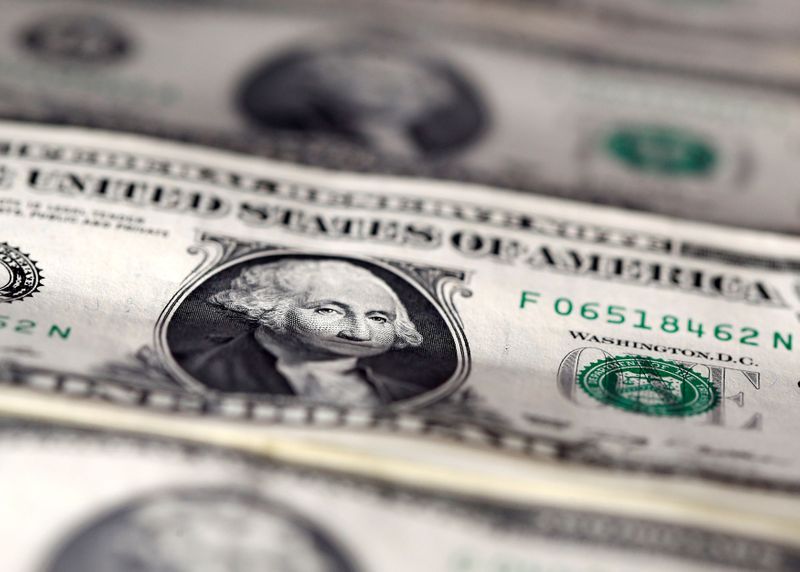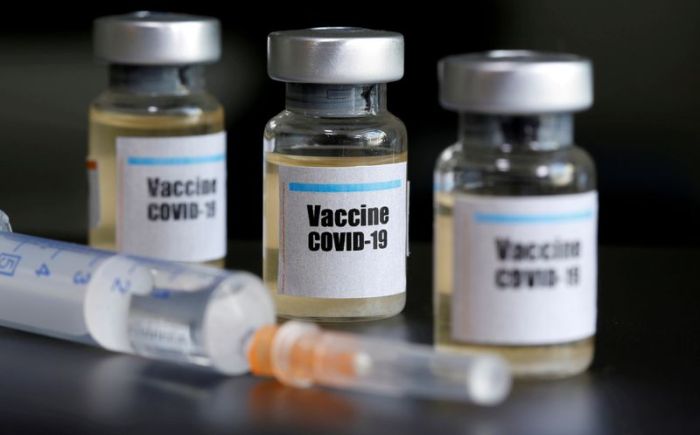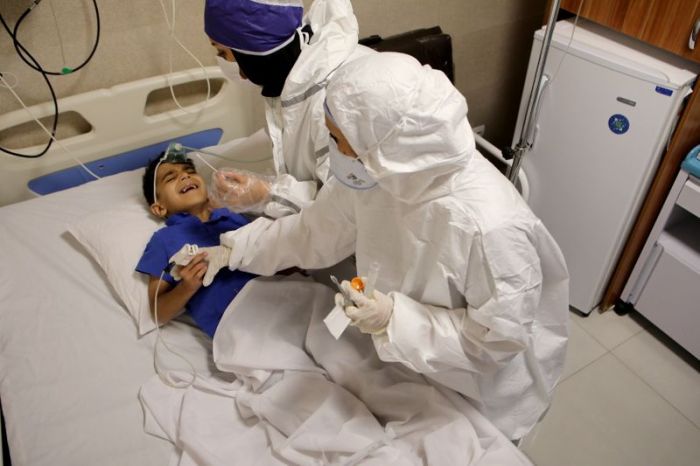WASHINGTON (Reuters) – A rebounding stock market and massive federal aid payments pushed the net worth of U.S. households back to pre-coronavirus levels in the second quarter, the Federal Reserve reported on Monday, with savings accounts and equity portfolios both rising sharply despite the pandemic.
The U.S. central bank’s latest quarterly look at wealth and income offered further evidence of how the quick mobilization by U.S. lawmakers and the Fed in March and April, including approval of small business loans and $600 per week in extra unemployment insurance, threw a temporary safety net under much of the economy.
The Fed reported that when the second quarter ended in June, household net worth – the value of homes, stock investments and other assets less what is owed on mortgages and other loans – had hit $118.9 trillion, a $7.6 trillion jump from the prior quarter and above the $118.5 trillion from the last quarter of 2019.
The COVID-19 bear market and rebound: https://fingfx.thomsonreuters.com/gfx/mkt/rlgpdjnjapo/Pasted%20image%201600705419653.png
That included a $5.7 trillion increase in the value of stocks and mutual funds that had cratered at the start of the pandemic but began to surge as the central bank and Congress approved an extensive array of programs to stave off an economic collapse.
Beginning in late February as COVID-19 began spreading rapidly around the world, the benchmark S&P 500 Index plunged 34% in the space of a month, but rebounded rapidly from its low in late March and fully recovered its losses by mid-August. In the second quarter alone, the index rose 20%, its strongest quarterly increase since 1998.
Wealth also was boosted by a $700 billion increase in savings among households and non-financial businesses, many of which benefited from enhanced unemployment benefits.
That money, tucked away as of the end of June, likely supported retail sales and helped avert a run of bankruptcies and apartment evictions many had expected when the spread of the coronavirus forced much of the U.S. economy to shut down through March and April.
The flow of assistance also helped control household debt levels, which grew at just a 0.5% annualized rate over the quarter, the smallest increase since 2012.
But the extra spending to battle the pandemic also drove the growth in federal borrowing to historic levels, increasing at a 58.9% annualized rate.
Nonfinancial business debt, by contrast, grew rapidly in the second quarter on the back of the launch of the Payroll Protection Program of loans to small businesses, a rush of bond sales from companies taking advantage of a drop in interest rates and actions the Fed had taken to restore calm to securities markets.
Total business debt rose at a 14% annual rate to $17.56 trillion from $16.96 trillion at the end of the first quarter. Without the PPP, though, the Fed said nonmortgage bank loans to businesses fell sharply, reflecting fewer new loans and companies paying back at least some of the lines of credit that were tapped widely in the first three months of the year.
Corporate bonds outstanding shot up by roughly $425 billion in the quarter to nearly $6.4 trillion.
The data do not speak to what’s happening now. Many economists are concerned the expiration of new PPP small business loans and additional unemployment insurance payments authorized as part of the coronavirus-related aid will force people to burn through those extra savings, crimping the economy moving forward.
(Reporting by Howard Schneider; Editing by Paul Simao and Andrea Ricci)




















